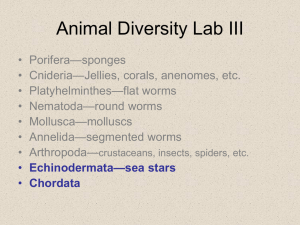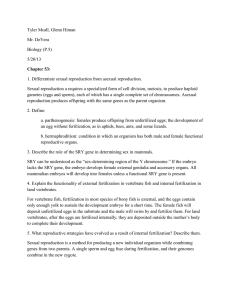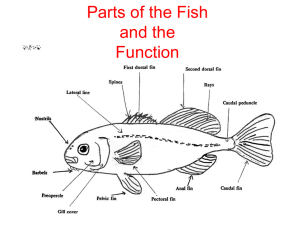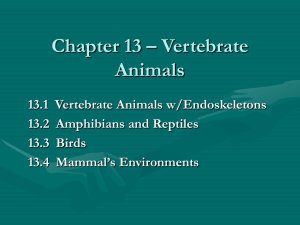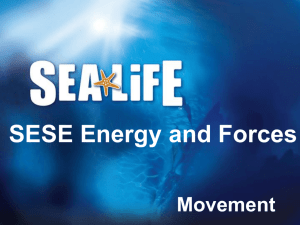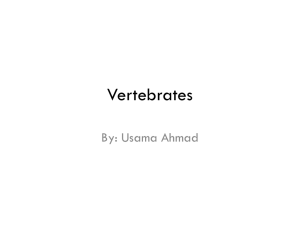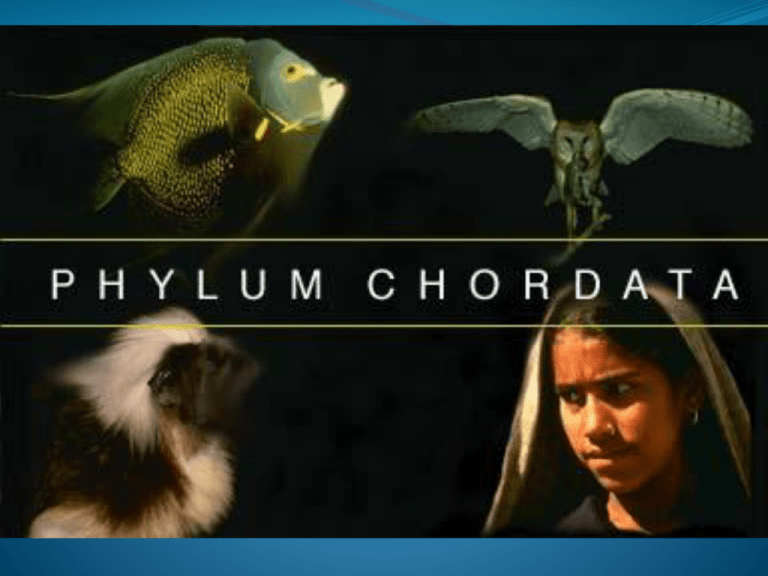
1.
- extends through
length of the body as a simple skeleton
2. Dorsal, hollow
3. Pharyngeal
4. Muscular
Tunicates
Lancelets
Fish
Amphibians
Reptiles
Birds
Mammals
Tunicates
“Tail Cords” – over 2,000 species
Adults sessile
Free swimming larvae; only larvae
have a 4 defining characteristics
Lancelets
“Head-Cords”
tiny marine animals
retain all 4 characteristics into adulthood
Notochord, pharyngeal slits, dorsal hollow nerve cord, post
anal tail
led to vertebrates
Filter Feeders
5 Classes
1st vertebrates, aquatic
Generally characterized by
scales, fins and pharyngeal
gills
Exothermic (Ectothermic)
– no internal body
temperature regulation
Circulation
closed circulatory system with a 2 chambered heart.
Reproduction
reproduce through external fertilization - spawning
Jawless Fish
Hagfish (Class Myxini) and Lampreys (Cephalaspidomorphi)
Lack vertebrae (hagfish) or have incomplete vertebral column
(lamprey)
Predators that attach to the side of a fish with modified mouth
Have no scales
Class Chondrichthyes
Cartilage fish
Sharks, skate, rays and
sawfish
Primitive Older fish
Most have to swim to breathe
Bony Fish
Ray finned fish (Class Actinopterygii )
- - most common fish
- have jaws and paired fins
- fins supported by rays fanning our
from central bone
Lobe finned fish (Class Sarcopterygii)
- fins supported by central axis bone
- ancestors of amphibians
Walking Fish - Grunion
Class Amphibia
Frogs and salemanders
Aquatic as larvae, after metamorphosis, live on land as
adults.
Have moist skin with many glands
must be moist to breathe; respirate through skin
evolved from fish 360 mya
exothermic
Circulation
Amphibians have a double-loop circulatory system
with three-chambered heart.
Reproduction
Fertilization is external
Shell-less eggs must be laid and fertilized in water
Class Reptilia
Include 3 groups: snakes, turtles, crocodiles
Fully adapted to life on land
Amniotic egg
scaly skin (prevents loss of moisture)
Exothermic - regulate their body
temperatures by basking in the sun,
burrowing in the ground. Soaking in water
etc…
Circulation
more efficient circulatory and respiratory systems
(lungs, 3 chambered heart).
Reproduction
internal fertilization
Lay fluid filled amniotic egg covered with a
protective shell
Class Aves
Most are adapted for flight
Covered with feathers
hollow bones
2 legs for walking, 2
modified for wings
Birds are endothermic -
generate body heat
internally by their own
metabolism.
Circulation
4 chambered heart; allows for efficient delivery of O2
to cells.
Reproduction
internal fertilization.
incubate eggs and feed young
have amniotic eggs (keeps eggs moist)
Fossil evidence shows that birds evolved from the same
line as crocodiles and dinosaurs.
Class Mammalia
Characteristics:
hair - insulation, camouflage,
sensory device, waterproofing,
signaling and defense
mammary glands
Endothermic
Circulation
4 Chambered heart
Require a constant supply of
nutrients and oxygen to maintain
homeostasis and metabolism
Keeping blood separate makes the
delivery of nutrients and oxygen
more efficient.
Reproduction
Internal fertilization
3 Types
1.
Monotremes - young develop in
shelled eggs;
Ex. spiny anteater and duck-billed
platypus
2. Marsupial - young leave mother’s
body to pouch before development is
complete.
Ex. kangaroo and opossum
3. Placental - young develop completely
within the uterus of the female
Ex. Human, whales, giraffe etc…




